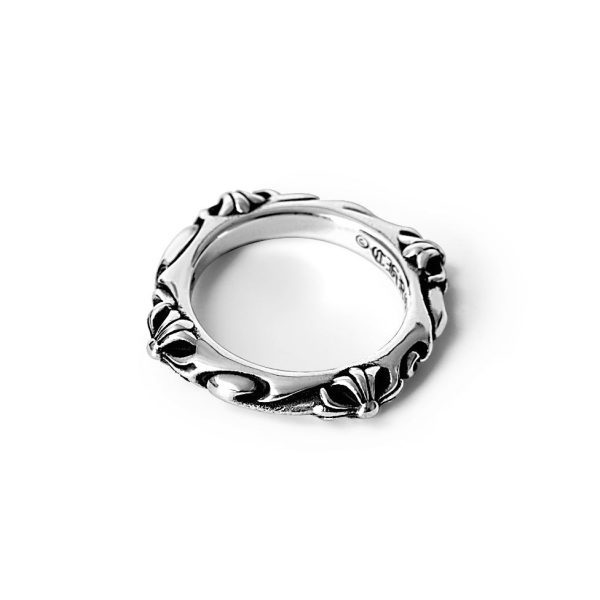In the digital age, user interface (UI) and user experience (UX) design play a pivotal role in determining the success of any digital product. Whether it’s a website, mobile app, or software, a well-crafted UI/UX design can significantly impact user engagement, satisfaction, and retention. In this blog, we will explore the core principles of UI/UX design, discuss best practices, and highlight the importance of creating user-centered designs.
What is UI/UX Design?
UI and UX are two distinct but interconnected aspects of digital design. Understanding the difference between them is essential for creating successful digital products.
- User Interface (UI): UI design focuses on the visual elements of a product. It includes everything that users interact with on the screen, such as buttons, icons, typography, colors, and layouts. The goal of UI design is to create an aesthetically pleasing and intuitive interface.
- User Experience (UX): UX design is concerned with the overall experience users have when interacting with a product. It encompasses the entire user journey, from the first point of contact to the final interaction. The goal of UX design is to make the product easy to use, enjoyable, and effective in meeting users’ needs.
While UI design focuses on the look and feel, UX design focuses on the functionality and usability of the product. Both are essential for creating a seamless and engaging user experience.
The Importance of UI/UX Design
Investing in UI/UX design can have a significant impact on the success of a digital product. Here are some reasons why UI/UX design is crucial:
- Improves User Satisfaction: A well-designed interface and smooth user experience can lead to higher user satisfaction, increasing the chances of users returning to the product.
- Boosts Conversions: Good UI/UX design can guide users through the product journey, leading to higher conversion rates and achieving business goals.
- Reduces Development Costs: Identifying and fixing usability issues during the design phase can save time and money in the long run.
- Enhances Brand Reputation: A positive user experience can strengthen brand loyalty and improve the overall perception of the brand.
Core Principles of UI/UX Design
To create effective UI/UX designs, designers should adhere to the following core principles:
1. User-Centered Design
The user should always be at the center of the design process. Understanding users’ needs, preferences, and pain points is essential for creating designs that resonate with them. Conducting user research, surveys, and usability testing can provide valuable insights into user behavior.
2. Consistency
Consistency in design elements, such as color schemes, typography, and navigation patterns, is essential for creating a cohesive and familiar user experience. Consistent designs help users feel comfortable and reduce the learning curve.
3. Simplicity
Simplicity is key to creating intuitive and user-friendly designs. Avoid cluttering the interface with unnecessary elements and focus on providing clear and concise information. Minimalistic designs are often more effective in conveying the message.
4. Accessibility
Ensuring that the product is accessible to all users, including those with disabilities, is a crucial aspect of UI/UX design. Designers should follow accessibility guidelines, such as providing alternative text for images, using proper color contrast, and ensuring keyboard navigation.
5. Feedback
Providing feedback to users is essential for improving the user experience. Whether it’s a confirmation message after an action or an error message when something goes wrong, feedback helps users understand what is happening and what they need to do next.
UI/UX Design Process
The UI/UX design process involves several stages, each contributing to the creation of a successful digital product:
1. Research
The design process begins with research. Understanding the target audience, their needs, and their behaviors is essential for creating user-centered designs. Competitor analysis can also provide insights into industry trends and best practices.
2. Wireframing
Wireframes are low-fidelity sketches that outline the structure and layout of the product. They serve as a blueprint for the design, helping designers plan the placement of elements and navigation paths.
3. Prototyping
Prototypes are interactive mockups that simulate the user experience. They allow designers to test the functionality and usability of the product before the final development phase. Tools like Figma, Adobe XD, and Sketch are popular for creating prototypes.
4. Visual Design
The visual design phase involves creating the look and feel of the product. Designers choose color schemes, typography, icons, and images to create an aesthetically pleasing interface that aligns with the brand identity.
5. Testing
Usability testing is a critical phase of the design process. It involves gathering feedback from real users to identify any usability issues and make necessary improvements. Testing ensures that the product meets user expectations and provides a seamless experience.
Best Practices for UI/UX Design
Here are some best practices to keep in mind when designing user interfaces and experiences:
- Keep Navigation Simple: Ensure that users can easily navigate through the product without confusion.
- Use Visual Hierarchy: Organize content in a way that guides users’ attention to the most important elements.
- Prioritize Content: Focus on providing valuable content that meets users’ needs.
Future Trends in UI/UX Design
UI/UX design is an ever-evolving field. Here are some trends to watch for in the coming years:
- Voice User Interfaces (VUIs): Designing for voice interactions, such as virtual assistants and smart speakers.
- Augmented Reality (AR) and Virtual Reality (VR): Creating immersive experiences through AR and VR technologies.
Conclusion
U/UX design is a critical aspect of creating successful digital products. By focusing on user needs, maintaining consistency, and adhering to best practices, designers can craft engaging and effective user experiences. As the digital landscape continues to evolve, staying updated with the latest trends and tools is essential for UI/UX designers to remain competitive and deliver high-quality designs. Whether you are a seasoned designer or just starting your journey in UI/UX design, embracing a user-centered approach will set you up for success.
Devoq Design is a premier UI/UX design agency offering tailored digital solutions to businesses in both UI/UX Design Agency in Minnesota and UI/UX Design Agency in Mississippi With a focus on creating seamless user experiences and visually compelling interfaces, we help brands stand out in a competitive digital landscape. Our team of experienced designers and strategists work closely with clients to deliver innovative websites, mobile apps, and software that prioritize user needs while driving business growth. Whether in Minnesota or Mississippi, Devoq Design is committed to transforming ideas into impactful digital experiences that resonate with users and achieve results.














